7 Reasons Espresso Taste Metallic
Espresso can taste metallic due to a number of factors. Some factors such as low-quality coffee beans, a low-quality roast, or a little off-grind can all result in a metallic taste in your coffee. One reason could actually lie in your water. I love making my coffee and recommend filtered water.
Ever made a pot of coffee, poured it into your favorite cup, and then taken a drink only to be disappointed by your espresso’s taste metallic? It’s happened to all of us at some point. Perhaps it was because the beans had gone bad. Did you know that if you don’t clean your coffee machine, you are actually inviting bacteria that could make your coffee bitter?
Even yet, there could be a variety of additional factors contributing to your espresso tasting metallic or the “wrong” flavor. I often find that coffee brewing itself is a science to produce a great pot of coffee every morning.
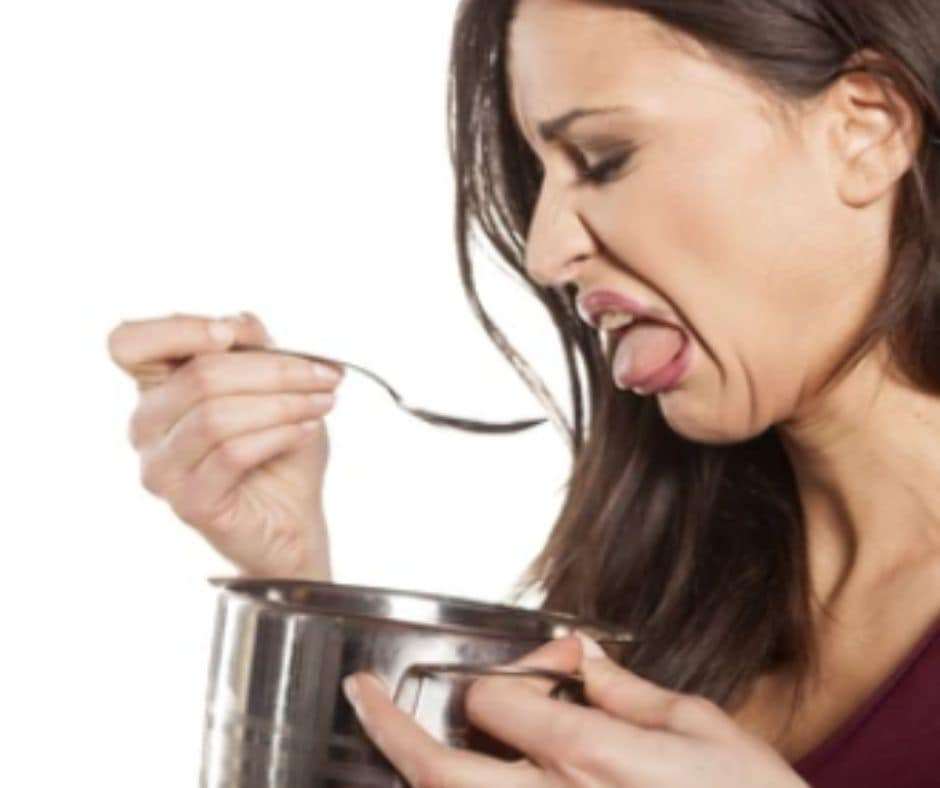
When an espresso tastes metallic, your first reaction would be to think you don’t have proper water (I’m looking at you softener users) or that it’s not clean enough. But this isn’t always the case. You could have an improperly or poorly grinder or even distributed.
There are diverse reasons why your coffee has a strange flavor, including metallic or even plastic components. It’s not always about the beans. Sometimes it’s the water you’re using. Other times, it could be the coffee maker or even the cup you’re drinking from.
Keeping these points in mind and going through an elimination process will ensure that you get the greatest coffee every day. Make sure you get high-quality beans but don’t overstock them; otherwise, they’ll lose their flavor before you can utilize them. Make sure your water supply is adequate. Clean out your coffee maker. And, please don’t drink coffee from plastic, polystyrene, or paper cups.
It’s also worth noting that it might be as simple as not gauging your coffee-to-water ratio correctly. All of these factors can have a significant impact on how your coffee tastes.
Why Does Your Espresso Taste Metallic?
Table of Contents
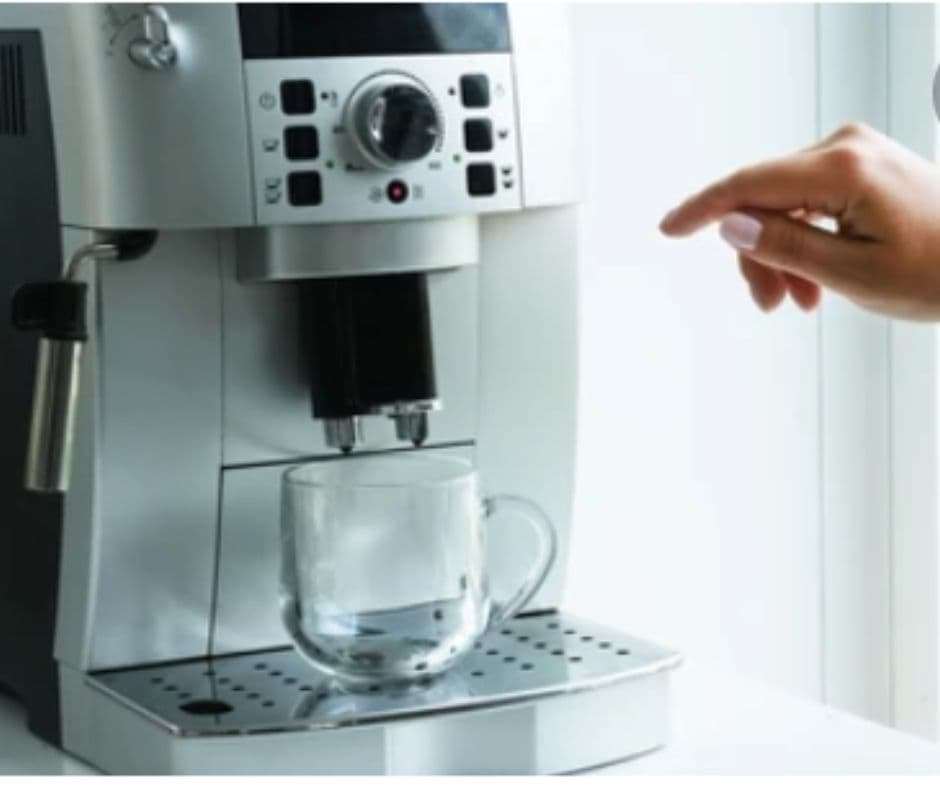
What causes this unpleasant flavor in your espresso?
High Pressure
The high pressure of an espresso machine can force tannins and other bitter compounds out of the beans, but it can also force metallic flavors into your drink. If you have ever had a cold drink from a soda fountain or a beer from a keg, then you may know what I am talking about.
If you have ever had a metallic taste in one of these drinks, then you know how unpleasant it can be.
This means that if your machine has been sitting around with water in it for a while, then this could be causing some of your problems as well.
High Acidity levels
The most common cause of metallic tasting espresso is high acidity levels in the brew. This is because coffee beans contain acids that help them grow and thrive.
When you roast coffee beans, these acids are released into the air, where they can be smelled as they are released from the beans. These same acids are then absorbed into your coffee during brewing and can give it a metallic taste if they’re present in high enough quantities.
There are two ways to reduce the amount of acid in your espresso:
- The first is by using fewer coffee grounds than recommended by your machine’s manufacturer. For example, if your machine calls for 19 grams of ground coffee per shot, try using only 17 grams instead (or less). This will diminish the overall strength of your brew and reduce the number of acids being released into the water during extraction.
- The second way to reduce acidity in espresso is to filter out some of its oils before brewing takes place. This can be done by steaming milk with an AeroPress or other device that uses steam pressure on milk rather than boiling it on the stove.
The Espresso Machine
The reason espresso can sometimes taste metallic is because of the way the espresso machine works. When you take a sip of espresso, it passes through a filter that separates the liquid from the grounds. The metal filter is what causes this metallic taste when your espresso has been sitting for too long or if you make your shots too strong.
Try different grinds when brewing your espresso shots — especially if you’re using an older machine that has been sitting around for years! Older equipment tends to lose its ability to grind coffee evenly over time, which means your espresso tastes metallic
Check the water
Check the water you are using. If it is not fresh, try changing it and see if that makes a difference. You may have to run a few pots of water through your machine before you notice the difference.
If the water is ok, then it could be your grinder or coffee beans. You may need to adjust how much coffee you use and how long you brew until you find your perfect cup!
Culprit- coffee beans!
If none of these alternatives are satisfactory for you, then the coffee beans themselves could be causing the metallic taste. You could try a different brand of coffee beans or ground coffee. Sometimes, certain brands will have more of an impact on the flavor of your cup than others.
If you’re using pre-ground coffee, try buying whole beans and grinding them yourself before brewing with them. You may find that this gives you better results than using pre-ground coffee ever did.
This could happen when there is too much heat during processing or roasting (which can happen during shipping), and burnt oils from this process come out in the cup during brewing and give off a metallic flavor.
Unfiltered Water
Fortunately, there are some simple steps you could do to make sure your next cup of espresso doesn’t have a metallic flavor:
Use filtered water to brew your shots instead of tap water. Tap water often contains minerals that have no business being in your cup of coffee! Filtered water will help cut down on any metallic flavors coming from your espresso machine and confirm that everything tastes as nice as it possibly can.
Rusty Coffee Pot
A rusty coffee pot is not only an eyesore but can also be a health hazard. Coffee should not taste like metal, and if it does, you need to clean your coffee pot. Clean out your machine.
Establish that all parts are clean and free from old coffee grounds or oils that may have built up over time. A thorough cleaning will help remove any residue left behind by previous brews as well as prevent new buildup from occurring in the future.
How do you make a rusty coffee pot look new again?
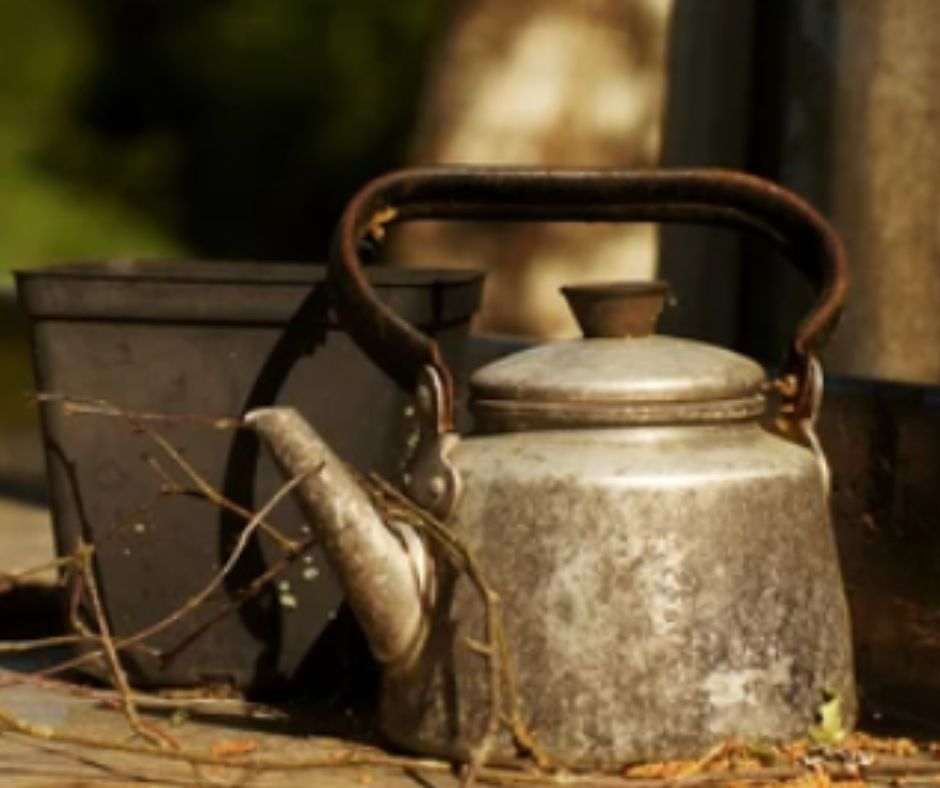
Cleaning your coffee pot regularly will help keep it looking new and tasting fresh. Follow these steps to clean your coffee pot:
How to Avoid the Metallic taste in coffee
- Fill the coffee pot with water and put it on the stove to boil. Turn off the heat once the water has reached a boil and let it sit for five minutes.
- Wipe down the outside of the pot with a damp cloth (or sponge). This will remove any residue that may be inside or on top of your pot.
- Dump out any remaining water in your pot. Fill it again with fresh water, place it back on the stovetop and bring it back up to a boil again. Let it sit for five minutes as before, then dump out all remaining water from inside of your pot.
How To Get Rid Of The Metallic Taste In My Espresso
Some people believe that some persons are genetically prone to detect toxins more than others. Some of us do have a higher proclivity for bitterness than others. This could explain why you find some brews to be more bitter than others, despite the fact that others you know do not.
Another concern with man-made products, such as plastics, is outgassing. This is where the “new car smell” originates. This could be why some people believe their coffee maker tastes like plastic, especially when it’s spanking new.
It could have more or less of that plastic smell and taste depending on how long it stood on the shelf waiting to be purchased. If you notice your coffee has a plastic-like flavor after purchasing a new coffee pot, there are simple remedies.
Running a water cycle through a new coffee maker is the first thing anyone should do with it. This is what every handbook for every coffee machine on the planet recommends. Particles from manufacturing and storage can get into the parts, and a water cycle will clean them out.
Try to replace any parts that may be damaged or worn out — especially if they are plastic components. For example, if your grinder doesn’t grind coffee as finely as it should because its blades are dull or broken, then this will affect how well it brews coffee into espresso cups.
Conclusion
Voila! Now, you’re ready to start enjoying espresso coffees again. Just remember that it’s still important not to consume too much caffeine, and try to enjoy your next cup of coffee with a lower-caffeine alternative like tea or decaf. While this technique will considerably cut back on the metallic taste, you can always avoid those bitter flavors altogether by choosing your favorite non-espresso coffee beverage!

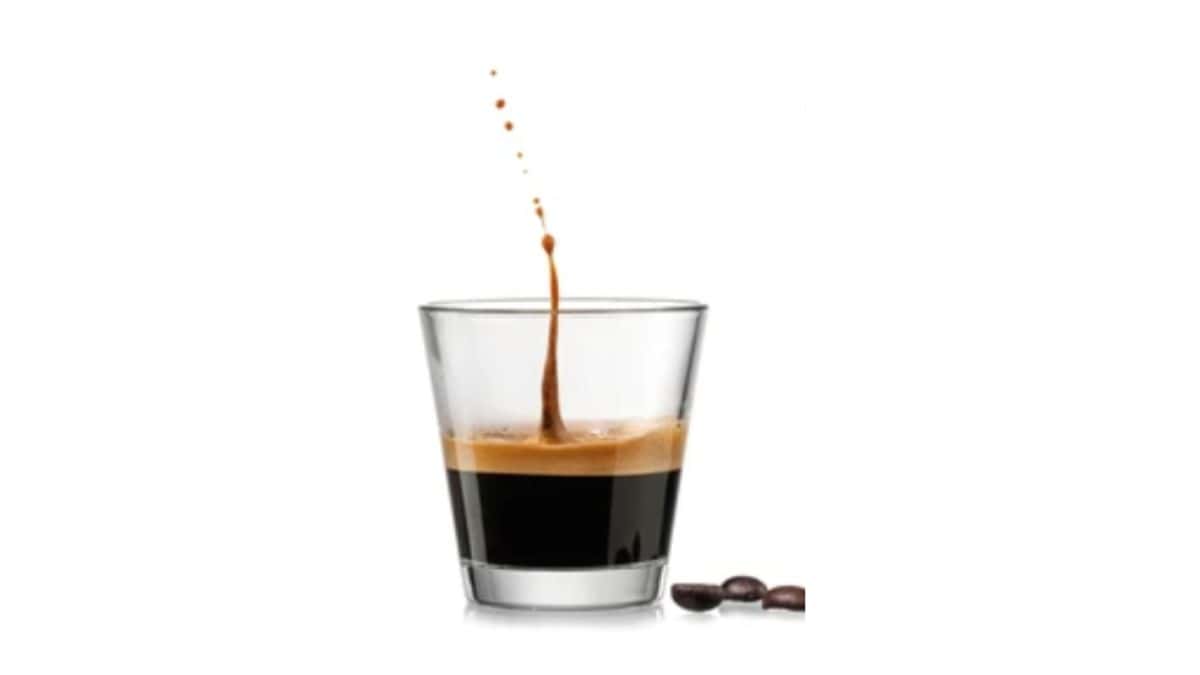
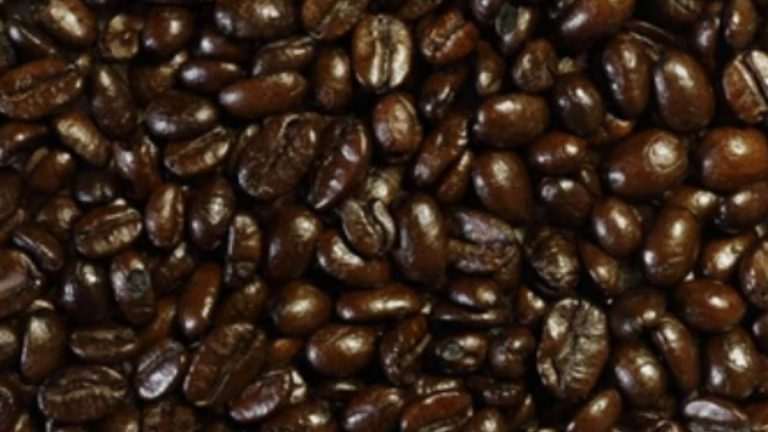


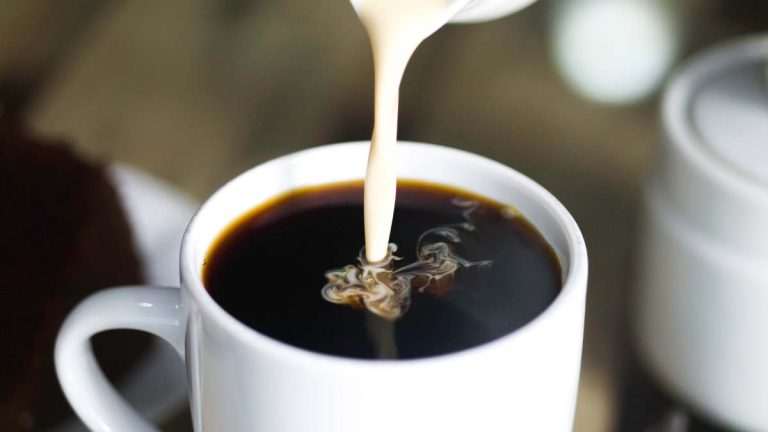

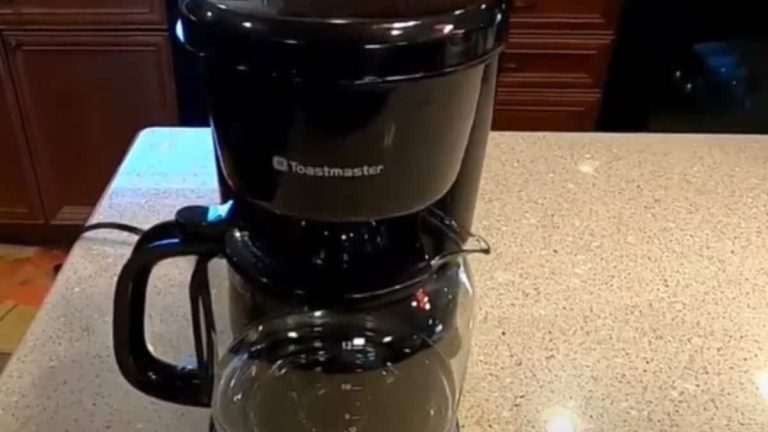
One Comment